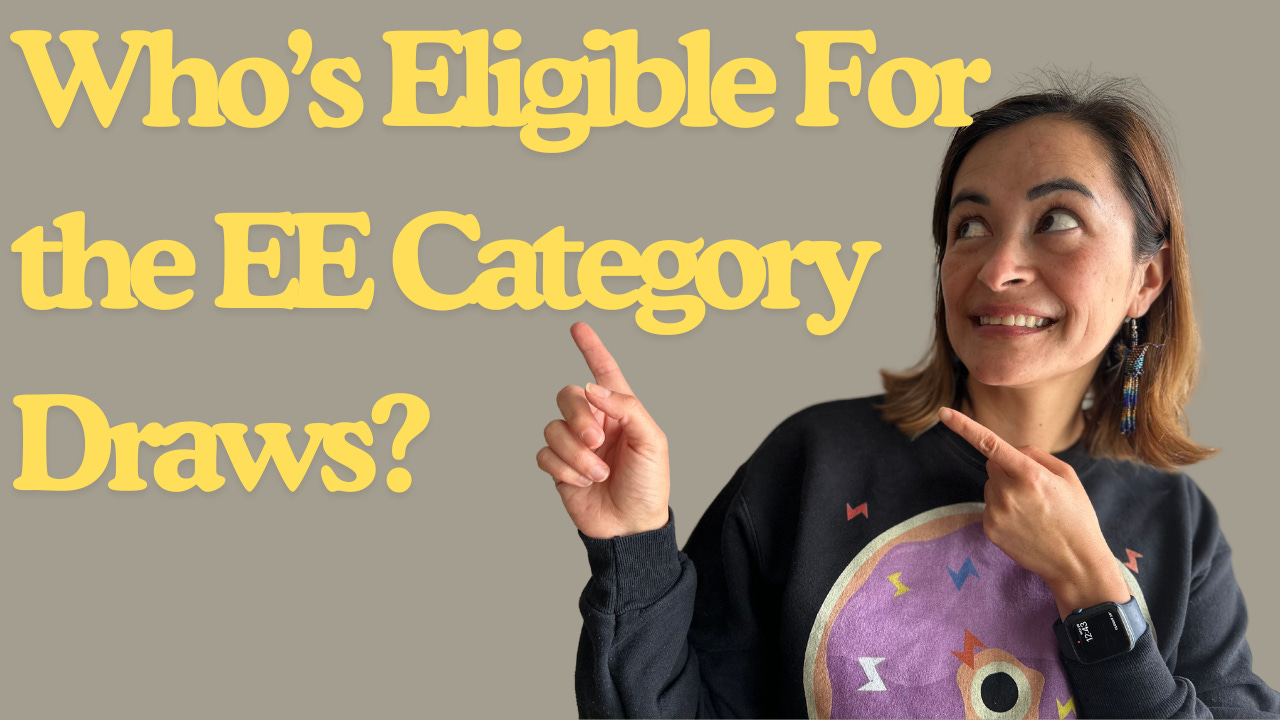Who’s Eligible for Being Selected in an Express Entry Category-Based Draw?
Canada has gone from the highest CRS score to focusing on immigrants that match the country's economic needs.
Please forward this to ONE friend today and tell them to subscribe here.Since Bill C-19 received Royal Assent on June 23, 2022, the Express Entry program has gone from being solely about applicants with the highest Comprehensive Ranking System (CRS) score to focusing on issuing invitations to candidates based on Canada’s economic priorities.
Since then, we’ve seen IRCC run category-based draws targeting the trades, healthcare, STEM, education or strong French-language skills.
So who’s eligible:
#1: You Need to Meet Core Express Entry Eligibility
Before you can even be considered in a category-based draw, you must:
Qualify under one of the three main Express Entry programs: FSWP, CEC, or FSTP
Be admissible to Canada
Have a valid language test (IELTS, CELPIP, TEF, or TCF)
Create an active and accurate Express Entry profile
#2: You Must Fit at Least One Priority Category
To get an Invitation to Apply (ITA) under a category-based draw, you also need to match the requirements for a 2025 priority category. These include:
French-language proficiency
Must score NCLC 7 or higher in all four language abilities (speaking, listening, reading, writing)
Supports Canada's goal to grow Francophone communities outside Quebec
For the other categories you need at least 6 months of full-time, continuous work experience in the last 3 years at the time of ITA and and the time of PR submission. Work experience can be in Canada or abroad. You must also meet all additional round-specific requirements.
Specialized candidates are prioritized even if their CRS isn’t top-tier. This move means skilled professionals who might otherwise be overlooked get a chance.
The focus categories include:
1. Healthcare and social services: Eligible roles include doctors, nurses, social workers, psychologists, pharmacists, paramedics, lab techs, and dental hygienists
2. STEM occupations: Includes cybersecurity specialists, insurance agents & brokers, engineers & technologists
3. Skilled trades: Includes electricians, welders, plumbers, carpenters, cooks, and heavy-duty mechanics
4. Education occupations: Includes secondary and elementary teachers, early childhood educators, and teacher assistants
5. Agriculture and agri-food: Includes butchersWhat You Need to Know About Category-Based Draws
Meeting the category requirement doesn’t guarantee an invitation. You still need to rank high enough in the pool.
CRS scores still matter. The lowest-scoring invited candidates usually have scores in the mid to high 400s.
You can qualify for more than one category. A bilingual nurse, for example, fits both the healthcare and French categories, which gives them an improved chance of getting an ITA.
Risks and Mistakes to Avoid
Misclassifying your job under the wrong NOC code can make you invisible in category-based draws.
Assuming you’re eligible just because your field is “close” to an included occupation. IRCC uses specific NOCs.
Failing to update your Express Entry profile to reflect new work experience or qualifications
Final Tip
Category-based draws reward substance over perfect scores, but only if your application tells the right story.
If you’re not sure your profile matches the right NOC, if you’re sitting on the edge of multiple categories, or if you just want to know how to improve your chances, this is the time to speak to a licensed immigration consultant.
If you are ready to add 🌶️ to your 🇨🇦 immigration plan, book some time with Westdale Immigration Consulting Inc.
If you find my work useful, you can now support me by buying me a coffee here.






